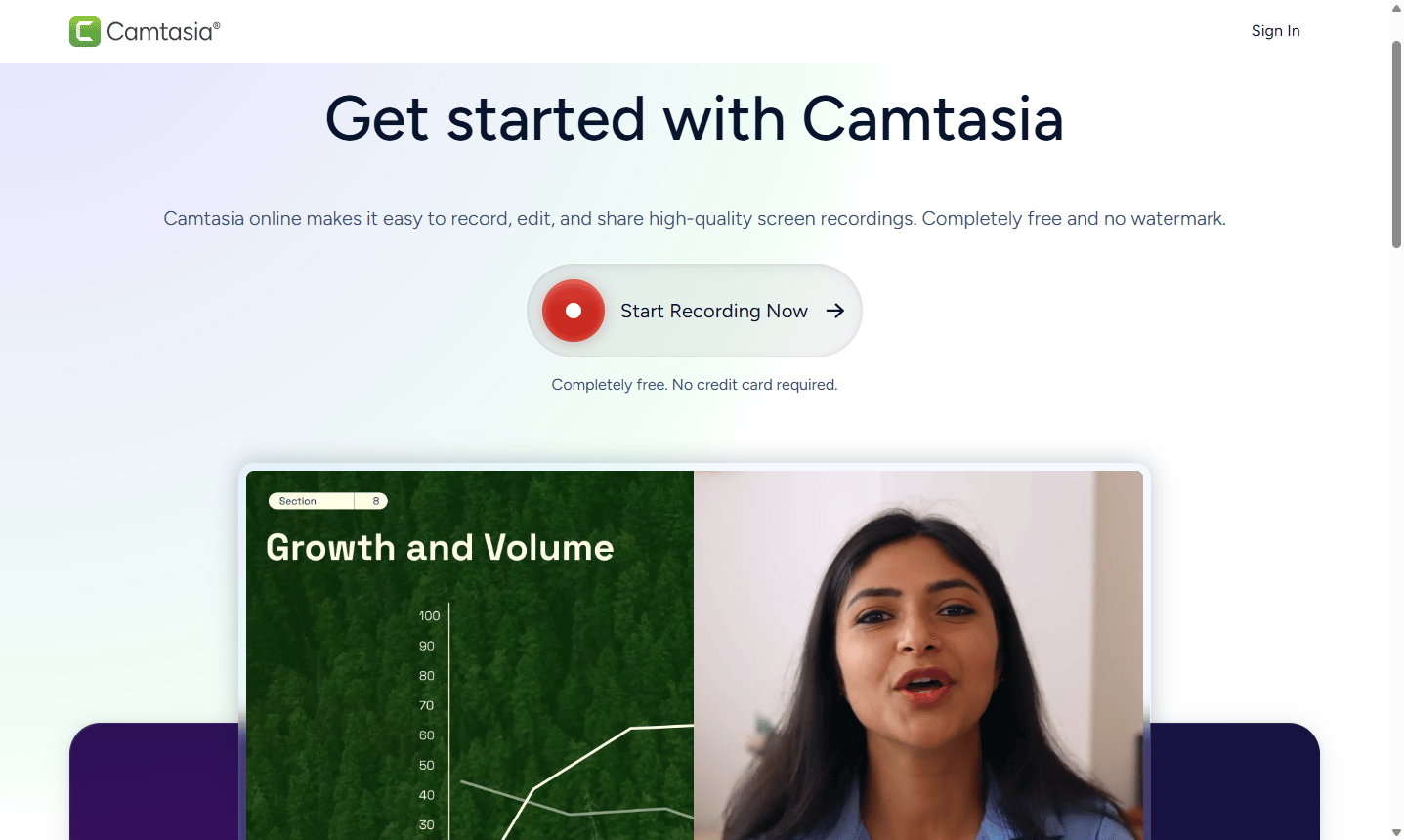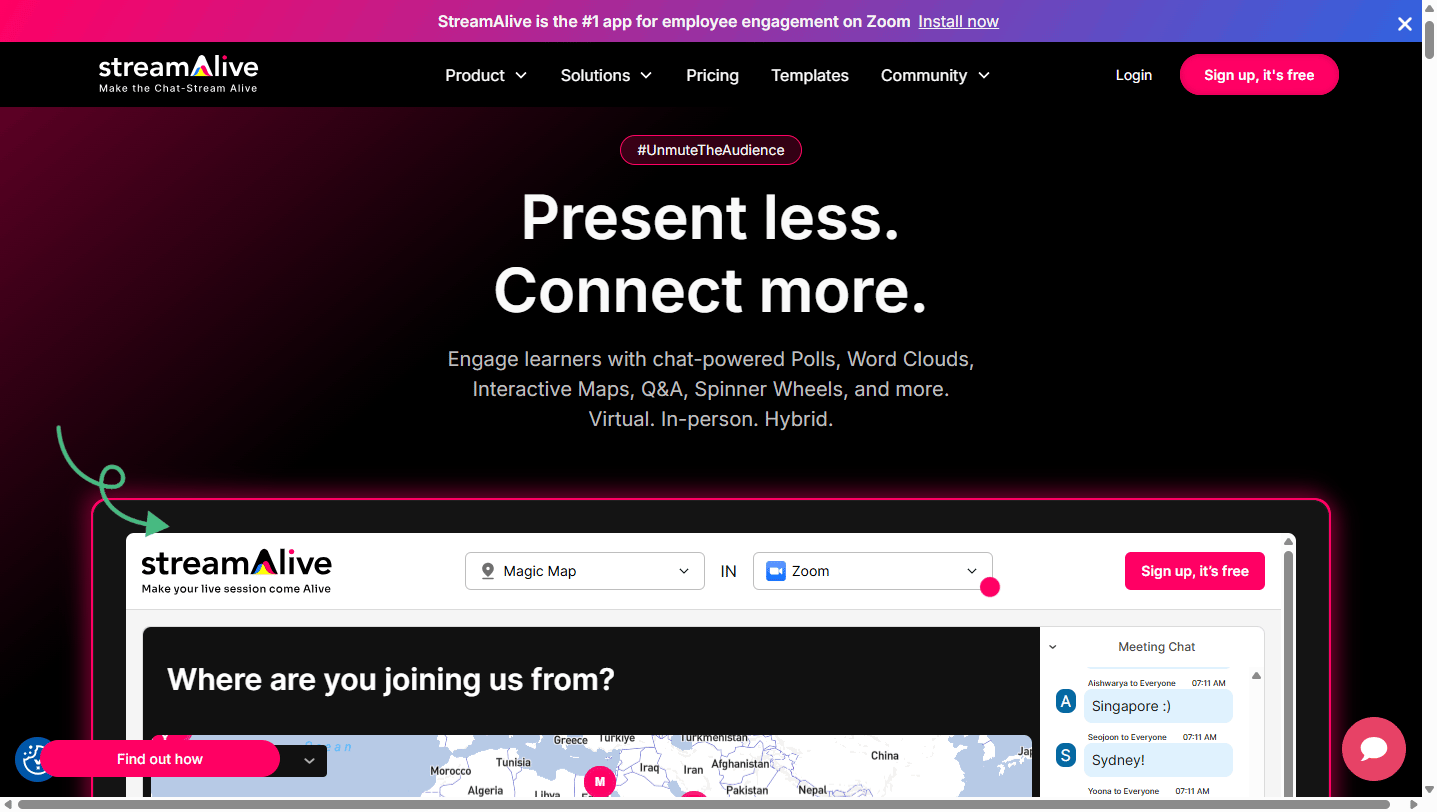|
“If you write what you yourself sincerely think and feel and are interested in… you will interest other people.”
– Rachel Carson
There's honestly nothing that fills my tank quite like face-to-face conversations, and lately I've been absolutely spoiled! From the ATD conference in DC to this week's fantastic Canadian eLearning conference in Toronto, my cup is practically overflowing with inspiration and genuine connections. And speaking of great connections, I have to shout out the incredible team at TechSmith—Matt, Emmie, Jason, and everyone else are such a joy to collaborate with, which was perfectly evident during our online event last week. These past few weeks have been a beautiful reminder of why I love what I do and the amazing people who make this industry so special.
Thanks for reading!
|
|
|
sponsored
A free template for anyone launching a training project
Are you new to eLearning project management? Download this Excel template that will guide you through key stages, responsibilities, and deliverables, making the process clear, manageable, and repeatable.
|
|
|
📰 News & Notes
People-Centered (Not Tech-Driven) Design
Rundown: Don Norman argues design should serve people—not the other way around. He emphasizes that machines should fill in where humans struggle, not force humans to adapt to tech.
The Context:
- He points out that true simplicity means making complexity understandable, not eliminating it
- Effective design, he says, results from teamwork between humans and tech—where each takes on what the other can’t do well
Why It Matters:
- For L&D pros, this translates into learning experiences shaped around the learner, not the latest platform features.
- A people‑first lens ensures training is intuitive, engaging, and tailored—reducing friction and increasing impact.
- And it aligns with design’s core: solve real problems with human‑centric empathy and iterative testing.
Takeaway: Think human first, tech second. Start your L&D design by deeply understanding learners’ needs and capacities. Use tech only if it enhances, not replaces, the human experience.
Are your current workshop strategies preparing learners to navigate AI—or simply use it?
|
|
|
Does Saying "No" Damage L&D's Reputation?
Rundown: Saying “no” to every training request can trap L&D in task mode—but always saying yes stretches resources and signals “just order-takers.” Jess Almlie suggests a smarter approach: ditch yes/no, and invite a deeper conversation instead.
The Context:
- Requests signal pain, not always training needs—jumping straight to yes/no leaves problems unresolved.
- A mindset shift: treat requests as invitations to partner in problem-solving. Reflect stakeholder language, ask “why,” and listen.
- Techniques: act like detectives; facilitate reflection; add unexpected value when fulfilling necessary training.
Why it matters: This approach elevates L&D from cost center to strategic ally. You show up as problem solvers, deepen credibility, and get smarter requests—like “help our team explain this product better” versus “build a 30‑min eLearning.” Over time, partners come back for strategic help, not just training.
What to try: Next time you hear “Can you build training for this?” respond with, “Thanks for trusting us—let’s explore why this matters and what success looks like.”
How might we redesign our first conversations with stakeholders to uncover the real pain—before we even think about creating a learning solution?
|
|
|
Knowledge Work Is Dying—Welcome to the Age of Wisdom Work
Rundown: AI is rapidly outpacing traditional knowledge work—doing in days what took humans years. Experts in law, physics, and engineering are facing obsolescence. The future lies not in knowing more, but in applying wisdom: emotional clarity, discernment, and human connection.
The Context:
- Knowledge—once a rare asset—was the currency of advancement. Those who amassed expertise thrived.
- With AI capable of mastering vast domains in hours, raw talent is fast becoming commoditized
- Even brilliant experts can be sidelined if they lack relational and emotional competence—areas where AI can’t tread
Why It Matters: For L&D professionals, this shift demands a pivot. Designing training for emotional intelligence, adaptive thinking, and relational leadership becomes critical. It’s no longer enough to build knowledge—meaningful impact comes from how humans use AI-driven outputs with empathy and insight. The pathway forward for learning design is about cultivating habits of reflection, deep listening, and ethical discernment.
If AI can generate accurate answers instantly, how might L&D shift its focus from what people know to how they show up—and what would that learning look like?
|
|
|
sponsored
Discover Proven Strategies for Stress-Free Software Decisions!
Gain a clear, step-by-step framework to transform your approach to software buying—from defining your needs to driving successful adoption—so your next investment delivers lasting business value.
Join Philip Giles for practical takeaways and techniques to turn software purchase decisions from stressful to stress-free.
|
|
|
🧰 Tech Tools & Tips
If tools are your jam, check out my Work Smarter newsletter.

Camtasia Online
Record unlimited scenes (up to 5 minutes per scene) for free with no watermarks
|
|

Stream Alive
Audience engagement that makes live sessions more exciting for Zoom, Teams, etc
|
|
|
|
sponsored
Beyond Completion Rates: Measure Real Training Impact
Stuck with completion rates and smile sheets that don’t really show the impact of your training program? Join us on July 2 at 9:00 AM (ET) for an online masterclass with Roy de Vries and Will Thalheimer, a leading expert in learning science and the creator of LTEM. This practical, research-based model helps you measure what truly matters: real impact and on-the-job performance. Learn how to have better conversations and use LTEM to improve both the design and evaluation of your training program.
|
|
|
🎧 Podcast of the Week
This is the conversation that caught my ear this week. Check out previous episodes in the Friday Finds podcast playlist.
Can L&D Be The New R&D?
If you work in learning and development, you probably get some direction from your senior leadership team about what to focus on and how much to spend. But once you get into the details, you have lots of room to play.
|
|

|
|
|
|
🧳 Where’s Mike?
- Marketing Meets L&D: A Fireside Chat, June 27, Online
- ATD Core 4, September 29 - October 1, Orlando, FL
- Cincinnati ATD, October 8, Cincinnati, OH
- DevLearn, November 12-14, Las Vegas, NV
If you or your event needs a speaker or workshop that is highly interactive and super practical, we should talk.
|
|
|
Join the community!
"Friday Finds is essential for staying current in the ID industry. The quick takeaways on each article are a huge time-saver." -JM |
|
|
Like this newsletter? Share it with someone you love. Don’t like it? Share it with someone you don’t!
Friday Finds is an independent publication that I produce in my free time. You can support my work by sharing it with the world, booking an advertising spot, or buying me a coffee.
|
|
|